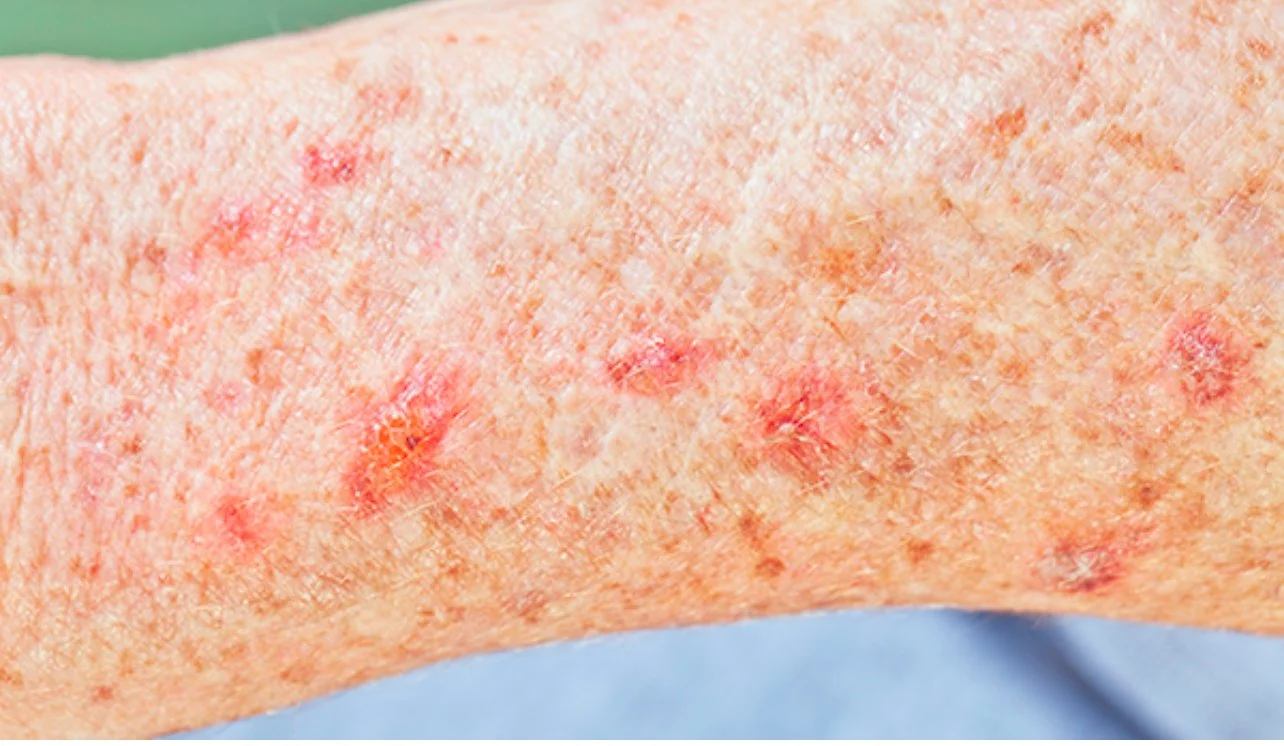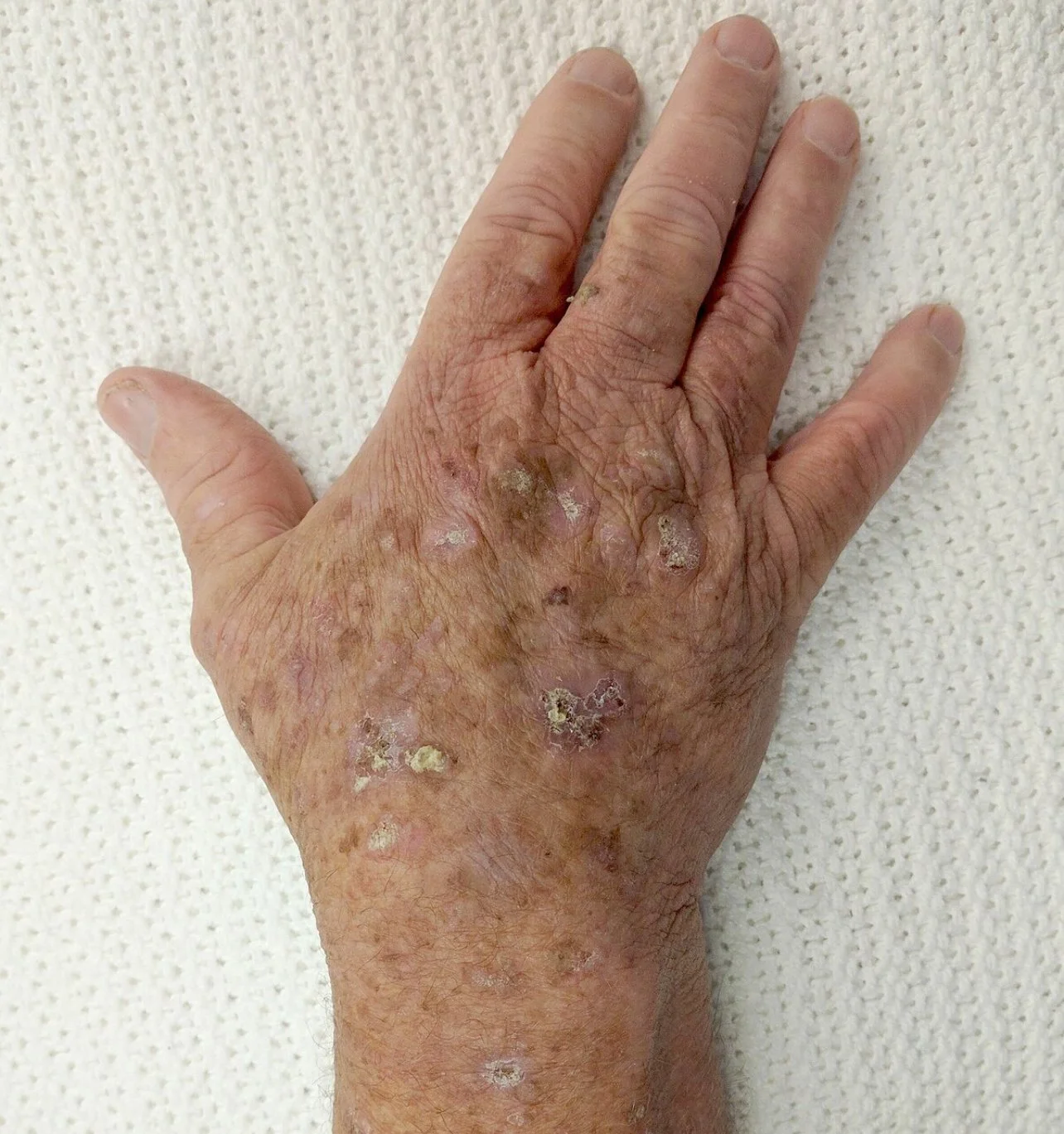How to Identify Early Signs of Skin Cancer: A Dermatologist's Guide
Skin cancer is one of the most common types of cancer, yet it is also one of the most preventable. Early detection is crucial for effective treatment and better outcomes. The goal of this brief article is to help educate you on how to identify the early signs of skin cancer. This guide will provide you with essential information, including frequently asked questions, to help you stay vigilant about your skin health.
Understanding Skin Cancer
Skin cancer occurs when skin cells grow uncontrollably due to DNA damage, often caused by ultraviolet (UV) radiation from the sun or tanning beds. The three main types of skin cancer are basal cell carcinoma, squamous cell carcinoma, and melanoma. Each type has distinct characteristics and warning signs.
Early Signs of Skin Cancer
1. New Growths or Sores
One of the first signs of skin cancer can be the appearance of new growths or sores that do not heal. These can be painless or itchy and may bleed. Pay close attention to any new moles or spots on your skin, especially if they look different from your other moles.
2. Changes in Existing Moles
The ABCDE rule is a helpful tool for identifying changes in moles that could indicate melanoma, the most dangerous form of skin cancer:
A - Asymmetry: One half of the mole does not match the other half.
B - Border: The edges are irregular, ragged, or blurred.
C - Color: The mole has varying colors such as shades of brown, black, red, white, or blue.
D - Diameter: The mole is larger than 6mm (about the size of a pencil eraser).
E - Evolving: The mole changes in size, shape, or color over time.
3. Rough or Scaly Patches
Rough, scaly patches of skin that persist and do not heal could be a sign of squamous cell carcinoma. These patches can be red or brown and may be mistaken for dry skin or eczema.
4. Pearly or Waxy Bumps
Basal cell carcinoma often appears as a pearly or waxy bump on the skin, especially on sun-exposed areas like the face, neck, or ears. These bumps may have visible blood vessels and can bleed or develop a crust.
5. Itchy or Painful Lesions
Any lesion on the skin that becomes itchy, painful, or tender should be examined by a dermatologist. These symptoms can sometimes indicate skin cancer.
Prevention Tips
Use Sunscreen: Apply broad-spectrum sunscreen with an SPF of 30 or higher daily, even on cloudy days.
Avoid Tanning Beds: Tanning beds expose you to harmful UV radiation, increasing your risk of skin cancer.
Wear Protective Clothing: Wear hats, sunglasses, and long sleeves when outdoors.
Regular Skin Checks: Perform self-examinations regularly and schedule annual skin checks with a dermatologist.
Frequently Asked Questions
1. What are the main risk factors for skin cancer?
The primary risk factors for skin cancer include excessive sun exposure, fair skin, a history of sunburns, a family history of skin cancer, and the use of tanning beds. People with a large number of moles or atypical moles are also at higher risk.
2. How can I perform a self-examination for skin cancer?
Performing a self-examination involves checking your skin from head to toe in a well-lit room using a full-length mirror and a hand mirror. Look for any new or changing spots, moles, or growths. Pay attention to hard-to-see areas like your back, scalp, and the soles of your feet.
3. What should I do if I find a suspicious mole or spot?
If you find a suspicious mole or spot, schedule an appointment with a dermatologist as soon as possible. They can perform a thorough examination and may conduct a biopsy to determine if the lesion is cancerous.
4. Is skin cancer treatable?
Yes, skin cancer is highly treatable, especially when detected early. Treatment options include surgical removal, radiation therapy, chemotherapy, and targeted therapies. The choice of treatment depends on the type and stage of skin cancer.
5. How often should I see a dermatologist for skin checks?
It's recommended to see a dermatologist for a skin check at least once a year. If you have a history of skin cancer or other risk factors, your dermatologist may recommend more frequent visits
Conclusion
Early detection of skin cancer can save lives. By staying vigilant and regularly examining your skin, you can catch potential issues early and seek prompt medical attention. Remember the ABCDE rule and other warning signs discussed in this guide. If you have any concerns about your skin, do not hesitate to consult a dermatologist. Protect your skin, and stay informed about the early signs of skin cancer to ensure your health and well-being.
By following these guidelines and being proactive about your skin health, you can significantly reduce your risk of skin cancer. Stay safe and protect your skin from harmful UV rays. Regular check-ups and awareness are key to early detection and successful treatment.



